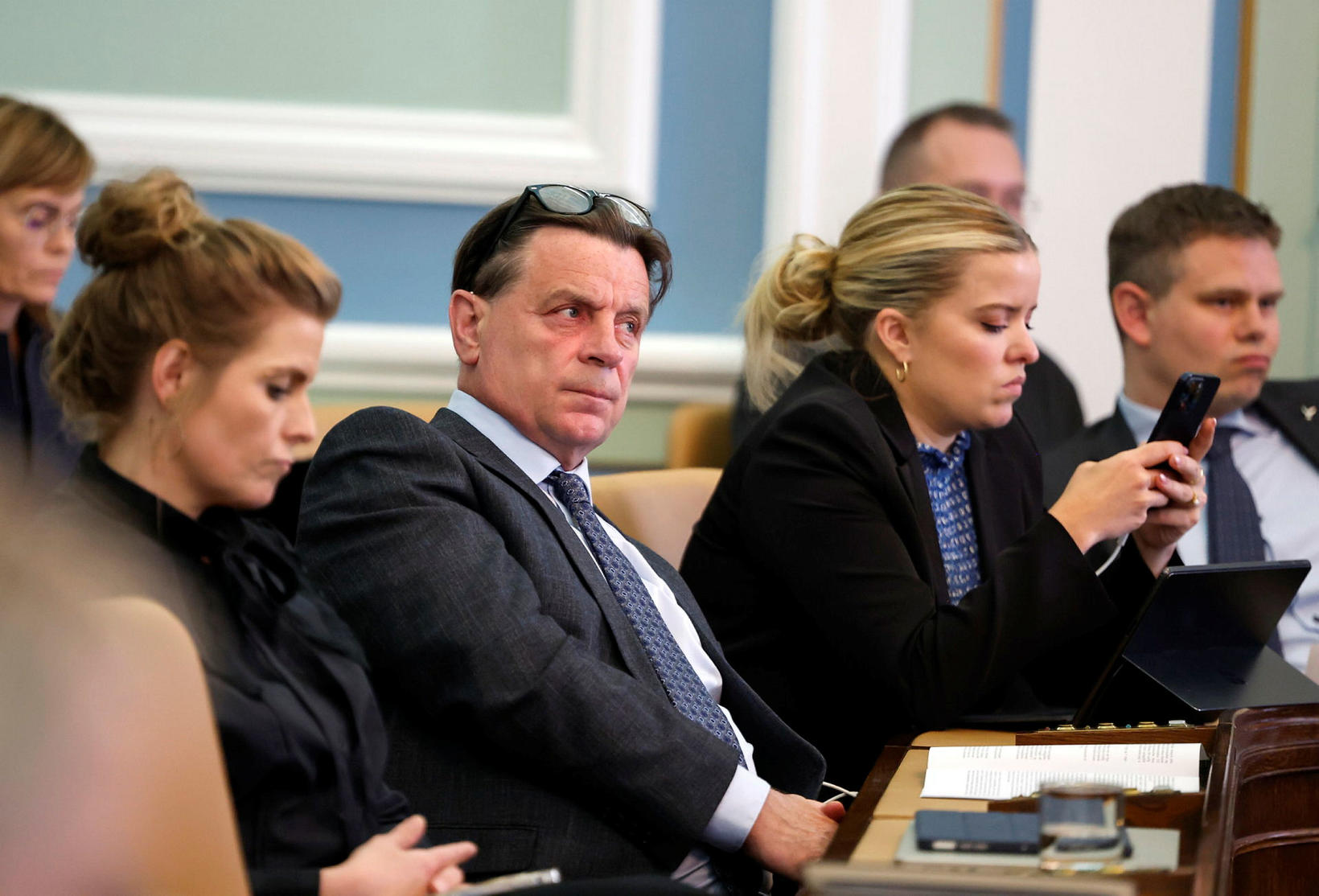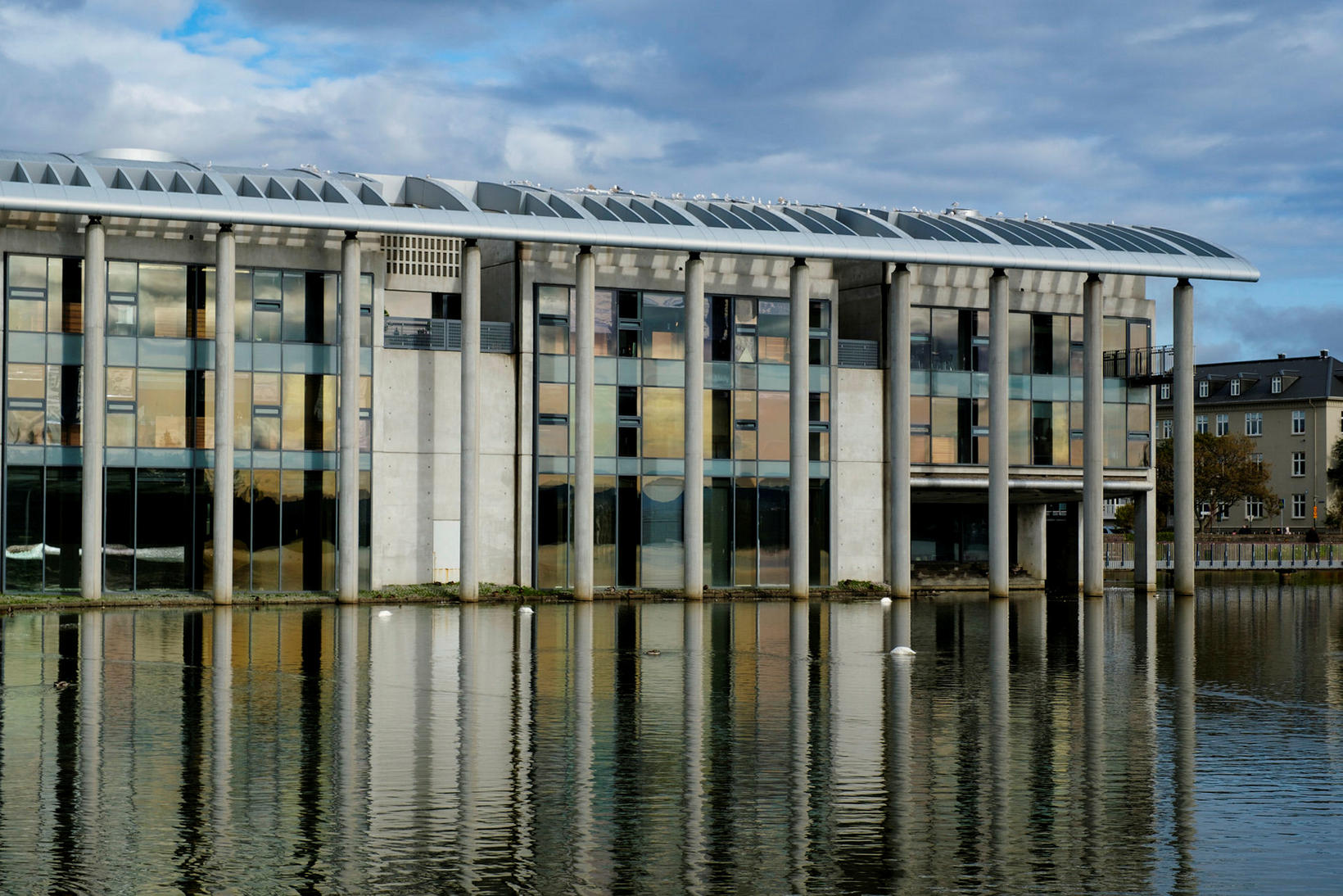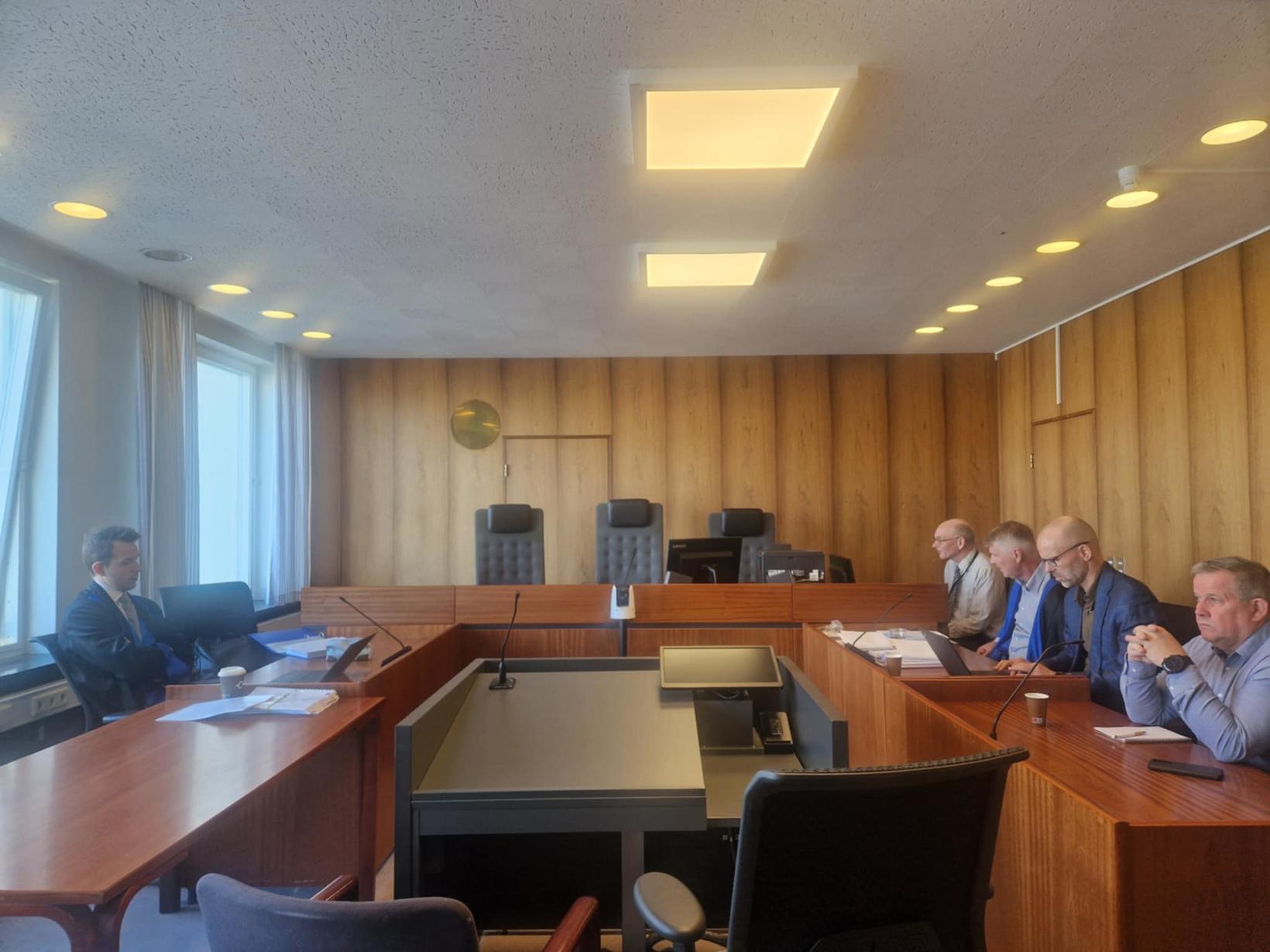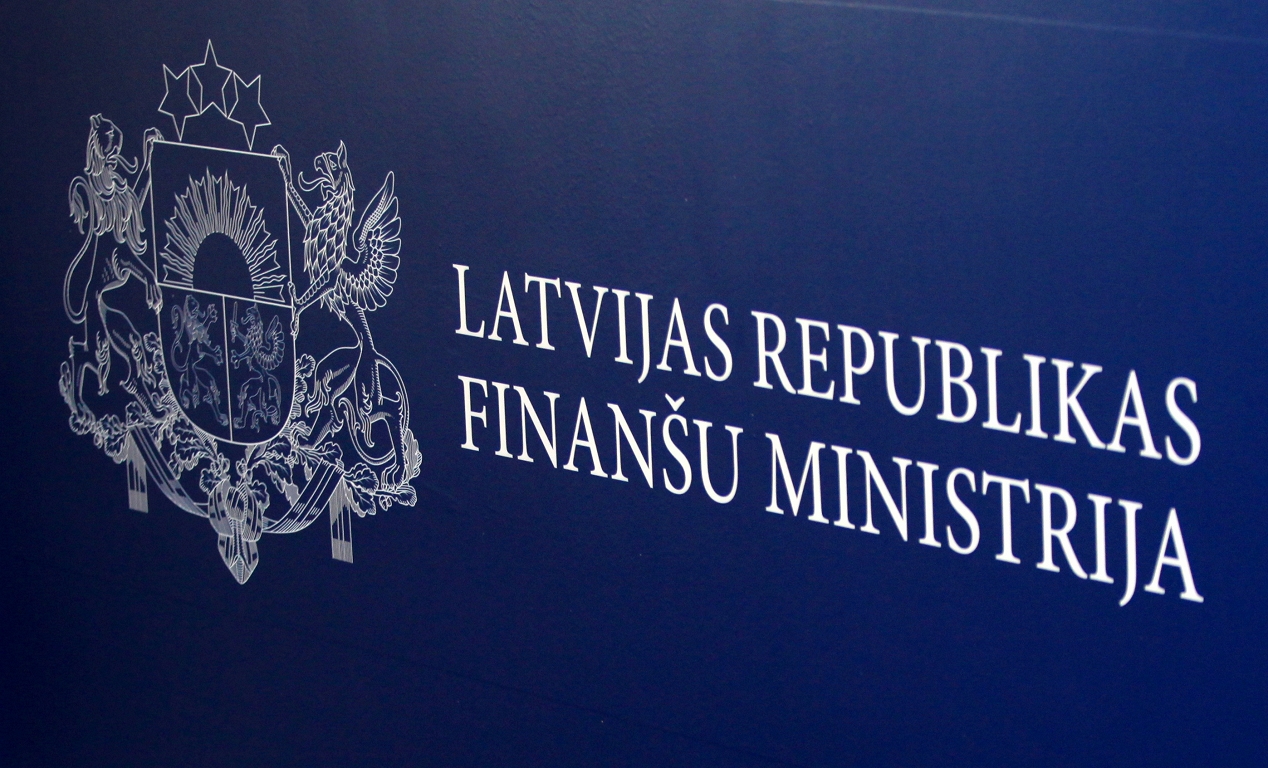Unable to exclude dynamic movements
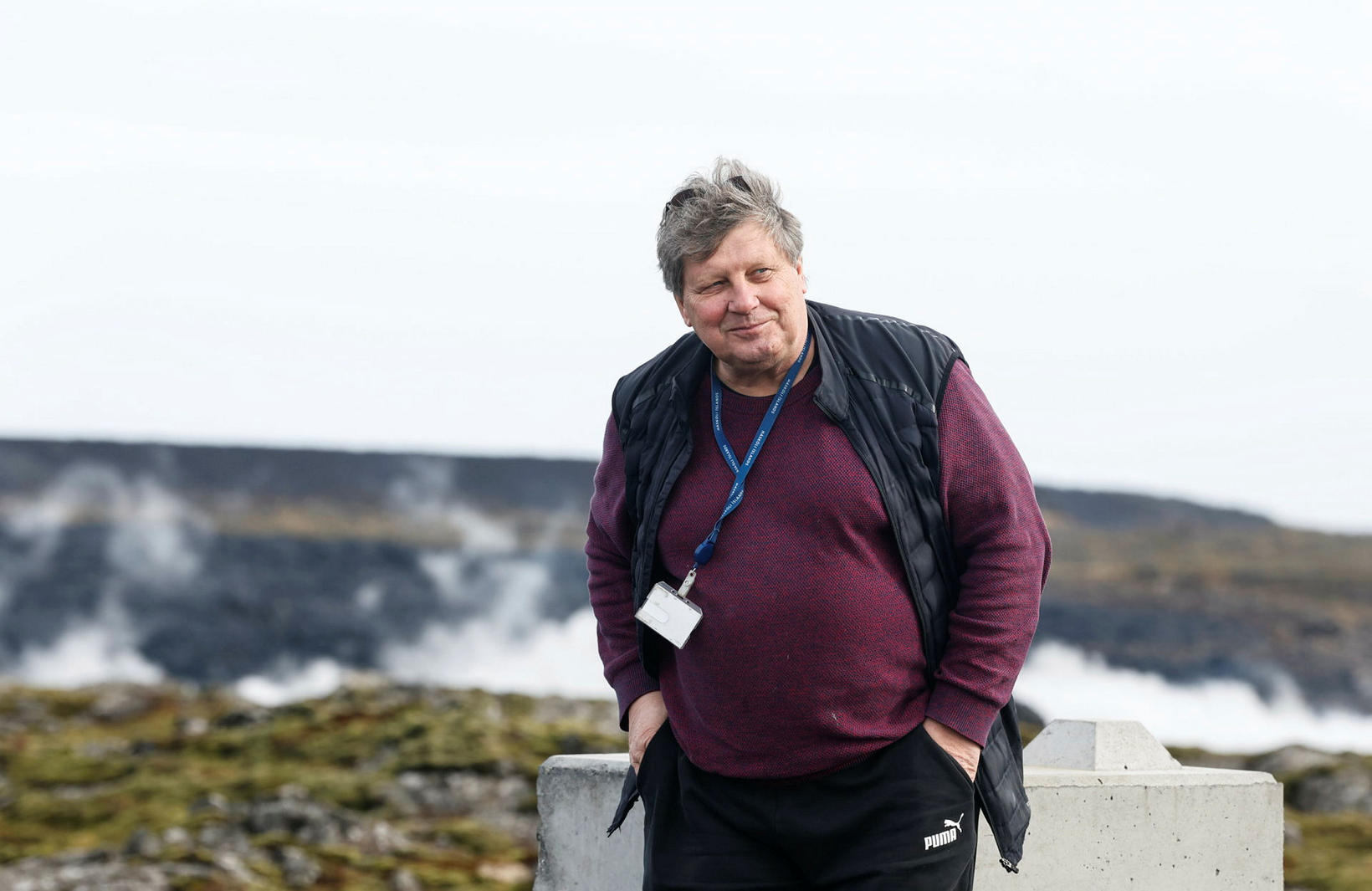
« We cannot exclude that possibility, » says Thorvaldur Þórðarson volcano, asked if there is a possibility of magma movements at any depth of the Tjörnes belt near Grímsey.
A large earthquake hit east of Grímsey from four o’clock in the night. The earthquake was 4.7 in size, but in its wake there were several aftershocks, up to 3.5 in size.
The earthquake was reportedly found in many parts of the North.
Thorvald says the Tjörnes fracture belt does not so different from the Reykjanes belt. Both of them are leaked and says tremors are formed in a crust that means that there are movements in the crust. It is basically the forces that are pulling the land apart that control it all together.
One possible interpretation
« It is not only a horizontal movement in the opposite direction on either side of the fracture, but there is also a little glimpse of this because the bearings of the fracture belt are under the corner compared to the operation.
Then this flows in parallel with each other but also disassembled only. This is happening in Reykjanes and this also happens on the Tjörnes fracture belt.
In these circumstances, Kvika can always go to move because she tries to fill in the cracks and holes that have opened. So we can never exclude the magma movements. «
When earthquakes move into bed, Thorvald says the only possible interpretation that it is because of the magma. Another possible interpretation is that the crack is simply opening in a horizontal direction and then the magma will follow.
« Of course, both happen and to distinguish between them can sometimes be anything but easy.
You need to look more than just the earthquakes. They alone do not give you an answer, you need to look at more aspects but they are a factor in finding the solution. «

